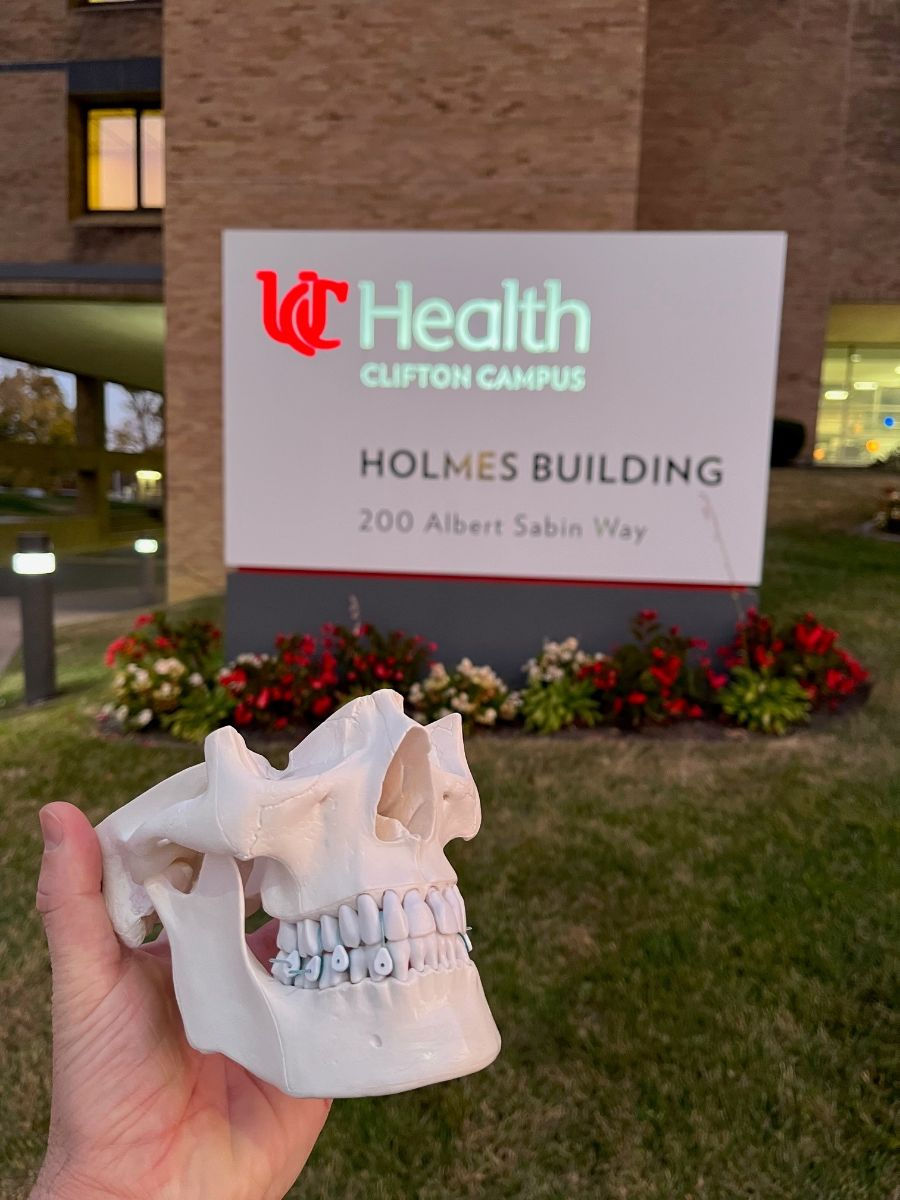MMF Monthly Newsletter Issue 16 October 2022
- Invisian Medical

- Feb 13, 2023
- 2 min read

Article of the Month

In the Articles In Press section of the Journal of Oral and Maxillofacial Surgery website (https://www.joms.org/inpress), a paper posted on October 18th, 2022, by S. Satishchandran et al. conducted a cross-sectional study that surveyed 108 patients at Grady Memorial Hospital in Atlanta to identify how different mandibular condyle fracture treatment methods impact their self perceived quality of life (QOL). Patients were included in the study if they were at least 16 years old at the time of the surgery, were diagnosed with a mandibular condylar fracture, were treated with either open reduction and internal fixation (ORIF) or closed treatment (CT), and presented for their six-month postoperative follow-up.
The authors found that patients who underwent ORIF treatment were less likely to experience pain when chewing, were less likely to need pain medication, had better subjective QOL outcomes, and had larger maximum incisal openings. They conclude that "ORIF treatment was positively associated with better QOL when compared to CR for mandibular condyle fracture."
Best Practices at the University of Kansas
Improving Safety and Simplicity with Less Invasive Jaw Fixation
Dr. Clint Humphrey of the University of Kansas Medical Center shared best practices when applying maxillomandibular fixation during open reduction and internal fixation mandible fracture cases. He described their criteria for selecting the best MMF method for each patient: "If a patient has good dentition, Minne Ties are the first option I consider to place a patient into MMF to ensure occlusion. Minne Ties take only about 10 minutes to apply, instead of up to 50 minutes or more for arch bars and wires. They maintain stable MMF during fracture fixation. Minne Ties are good for the patient because they can decrease time spent under general anesthesia. Minne Ties are also good for the surgeon and hospital because they are faster and safer."

Minne Ties Tip of the Month: Shared Embrasures
It is recommended to use 6-8 Minne Ties in separate embrasures to create the best strength of construct. However, the quality of a patient's dentition can vary considerably due to missing teeth, poor contact points, and misaligned embrasures; therefore, alternative application techniques may be helpful to apply Minne Ties. To use the shared embrasure application technique, pass two Ties through two separate embrasures on either the upper or the lower set of dentition, and share an embrasure on the opposing set of dentition. This technique forms a triangle with the Minne Ties and allows for application on a broader selection of patients.

Recent Events
Invisian Medical is pleased to have recently hosted training events at the following programs:
University of Cincinnati Division of Oral and Maxillofacial Surgery
UPMC Department of Oral and Maxillofacial Surgery

Please Contact Invisian Medical For Clinical Support (913) 228-1857 | customerservice@minneties.com
As with most surgical procedures, there are risks associated with maxillomandibular fixation (MMF), including with Minne Ties. For complete information regarding indications for use, additional application and removal instructions, risks, contraindications, warnings, precautions and adverse events, please review the device’s Instructions for Use (IFU) included in the package and at www.minneties.com.
© Copyright Invisian Medical 2022 MT-2022-008-REV A




Comments